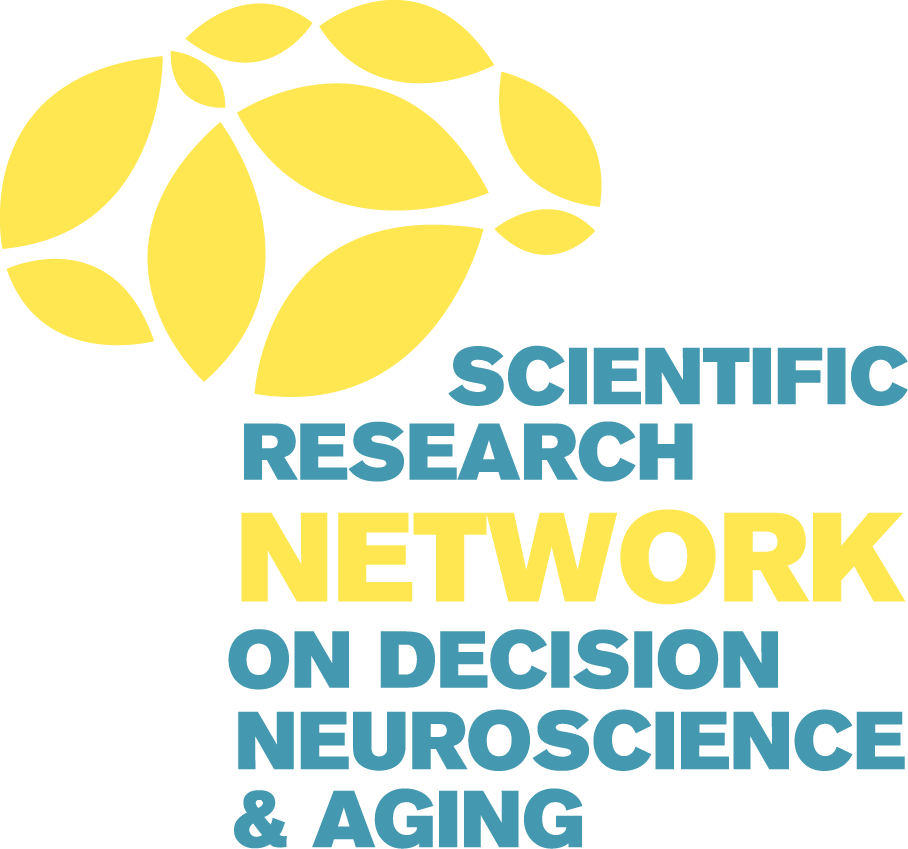2025 Pilot Grant





Age-Related Deception Detection Deficits in Face-to-Face Dyadic Interactions: A Mechanistic Analysis
Alayna Shoenfelt (University of Florida Psychology), Natalie C. Ebner (McKnight Brain Institute), Kylie Wright (University of Florida Psychology), Nichole Lighthall (University of Central Florida Psychology), Dawn Bowers (University of Florida Clinical and Health Psychology)
Deception detection — the ability to distinguish lies from truth — declines with age, contributing to susceptibility to fraud among older adults. Moreover, neurobiological risk for Alzheimer’s Disease and Related Dementias (ADRD) compounds deception detection deficits in aging. Mechanisms underlying these deficits, however, are not well understood, especially in face-to-face interactions. Deciding whether someone is deceptive requires continuous evaluation of choice-relevant social signals, which involve inferring intentions via theory of mind (ToM), and leads to value calculations for decision options. This project investigates the impact of two such dynamic social signals in age- and ADRD-related deception detection deficits: eye contact and physiological synchrony. Eye contact is a dyadic process important for inferring intentions; physiological synchrony, which is the temporal syncing of individuals’ physiological states (via pupil dilation), plays a role in cooperation and may heighten susceptibility to deception. This study will recruit 30 young and 30 older dyads to undergo novel dual eye-tracking during a deception task, Cheat. Cheat is a face-to-face, poker-style game that, in a more ecologically-valid fashion, captures dynamic deception detection processes within dyads. We hypothesize that age-related deception detection deficits will be mediated by less dyadic eye contact and greater physiological synchrony; we also expect that greater age, higher ADRD neurobiological risk, and lower ToM ability contribute to poorer deception detection in a dyad. Results will advance mechanistic understanding of deception detection deficits in aging/ADRD; and probe eye contact and physiological synchrony as intervention targets towards reducing exploitation risk among older adults.




Modulating reward-based Learning in Older Adults using Transcranial Electrical Stimulation
James Wyngaarden (Temple University), David V. Smith (Temple University), Bart Krekelberg (Rutgers University), Tania Giovannetti (Temple University)
Age-related declines in reward-based learning impair critical real-world decisions in older adults, including medication adherence and financial planning, with heightened vulnerability in those at risk for Alzheimer’s disease and related dementias (AD/ADRD). These deficits stem from altered corticostriatal circuits, yet the potential of neuromodulation techniques like transcranial direct current stimulation (tDCS) and transcranial alternating current stimulation (tACS) to restore adaptive decision-making in aging populations remains largely unexplored. Building on pilot data demonstrating that anodal/cathodal tDCS and theta-tACS modulate reward learning strategies in young adults, this project investigates whether neuromodulation can normalize exploration deficits characteristic of aging. We will recruit 25 older adults (55-80 years) from an existing longitudinal cohort with structural MRI data at two timepoints (~2 years apart) to perform a Two-Armed Bandit task under four stimulation conditions: anodal tDCS, cathodal tDCS, theta-tACS (6 Hz), and sham. Computational modeling using Win-Stay-Lose-Shift and Rescorla-Wagner frameworks will quantify learning strategies, with individualized electric field modeling accounting for age-related prefrontal structural variability. We hypothesize that cathodal tDCS and theta-tACS will reduce maladaptive exploitation tendencies (excessive staying after wins) and enhance adaptive exploration in older adults. Critically, we predict that preserved prefrontal cortex structure and slower longitudinal thinning rates will enhance neuromodulation efficacy, particularly in AD/ADRD at-risk individuals. This work integrates neuroscience, computational modeling, and gerontology to address how aging and neurodegeneration affect neuromodulation responsiveness—a critical gap for developing personalized interventions. Findings will establish mechanistic foundations for targeted neuromodulation protocols to improve health-relevant decision-making in aging populations and inform future clinical applications for AD/ADRD-related cognitive decline.

You must be logged in to post a comment.